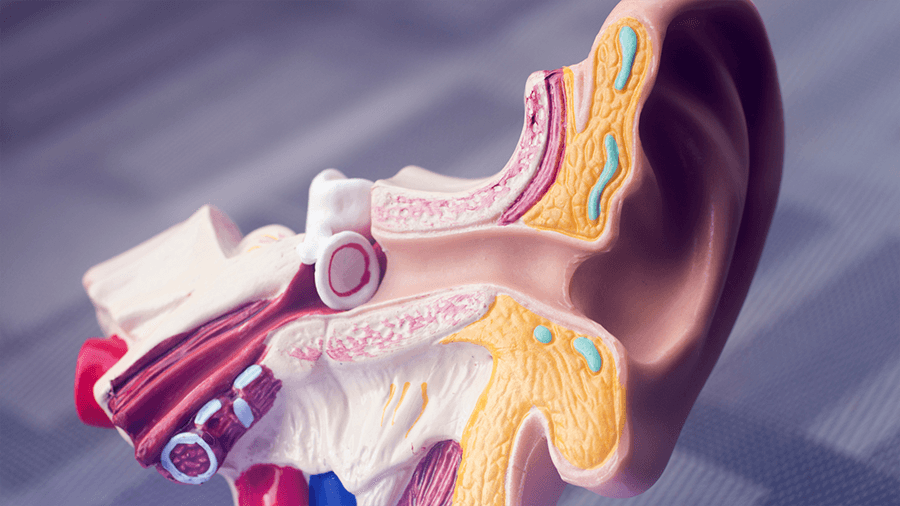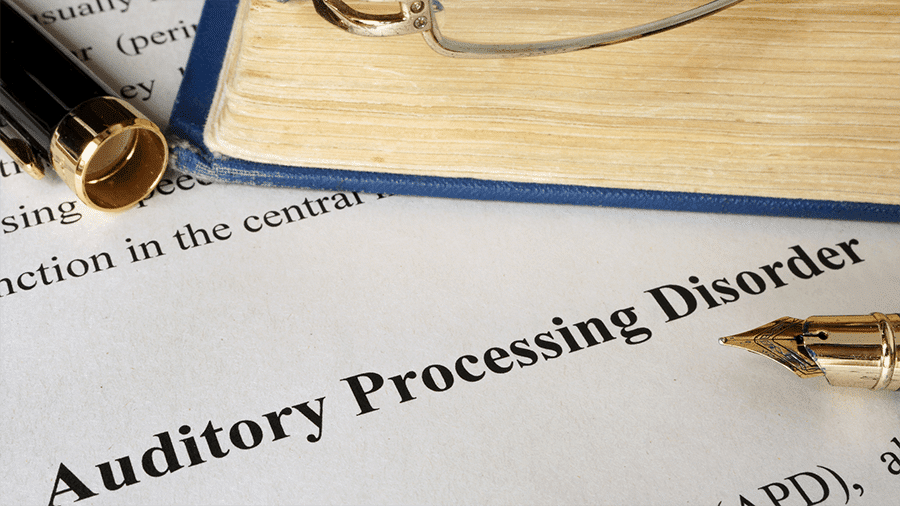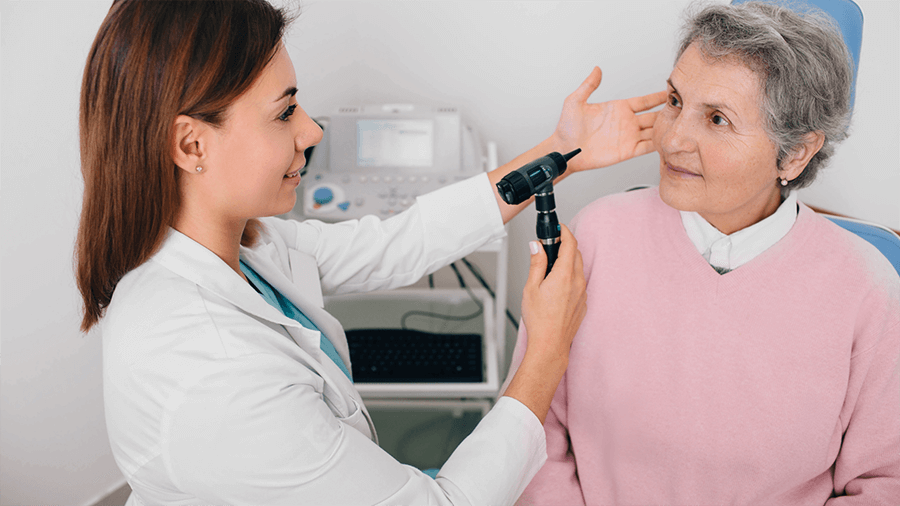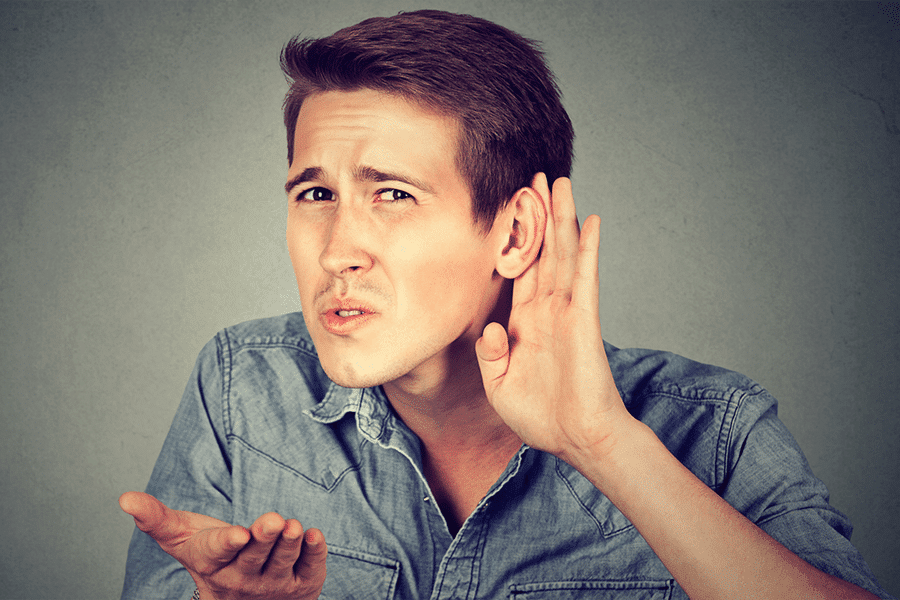You may have heard about Auditory Processing Disorder (APD) in children. But have you ever wondered how it is like to have APD as an adult?
APD, also called Central APD (CAPD), is not a simple hearing problem, but a listening problem. People with APD can show difficulties at home and work. If you have questions about APD, let us know.
Let’s find out if you exhibit any of the behaviours associated with APD.
- Do you have difficulty understanding the lyrics or sounds even if the music or TV is in full volume?
- Do you have trouble paying attention to what is being repeatedly said to you?
- Can you comprehend anything when you are spoken to in a busy street?
- Do you feel your reply to a conversation may be off-topic and feel you’re missing out on details?
- Do you have a hard time following instructions from your supervisor?
- Do you find it hard to listen in a meeting and take notes at the same time?
- Is it hard for you to focus on what is being said by a colleague in a noisy cafeteria?
- Do you show difficulties with a cellphone conversation?
- Do you have trouble understanding fast talkers and people with foreign accents?
- Are you often referred to as “dense” because you can’t seem to get the joke?
If you answered yes to the questions, you might be suspected of auditory processing disorder or APD. As you age, the auditory nervous system becomes less flexible. The more it becomes challenging for you to listen and process sound and words, especially in a noisy environment.
It’s best to consult an audiologist or a multidisciplinary medical team since APD is complex. You have to undergo tests and assessments for proper diagnosis and recommended treatment. It’s essential to get an appropriate treatment for APD as it affects all aspects of your life.
Grab our complimentary 20-min phone chat with Francoise Nicoloff

Tomatis® Method for APD
One of the promising treatments for APD is the Tomatis® Method. Dr. Alfred Tomatis developed the Tomatis’ auditory stimulation method, a customised program based on the listening test of a person with APD. People use specialised headphones that transmit voice and music through bone and air conduction.
(https://www.tomatis.com/en/equipment)
In effect, it stimulates the brain into developing cognitive, motor, and emotional skills. The auditory stimulation method works for children as well as adults.
It’s common that people who experience a stroke may have auditory impairment. This may be due to Central APD or peripheral hearing loss. Researchers conducted a study on 80 cognitively-impaired people who suffered from a stroke. The groups were divided into, one as control and the other as experimental.
The researchers then subjected both groups to the Tomatis® audio training with conventional intervention for two weeks. The study concluded that the Tomatis® Method improved the participants’ cognitive functions. It included abstract thinking, memory, visuospatial ability, and overall condition.
Before you get into any treatments though, let’s familiarise you with APD in adults.

10 Facts about Auditory Processing Disorder in adults:
1. Prevalence rate: APD exists in children as well as in any adult ages. However, the prevalence of APD in the greater population is not known. For older adults, researchers tested 1,026 participants in a cohort study. The ages ranged from 64 to 93 years old. The researchers concluded that it is less common in the elderly as previously known. It was 22.6% of the participants.
2. Central APD as the most common “Hidden Hearing Loss“: HHL is a term used when people have difficulty understanding spoken words in noise even under normal audiograms. An audiogram is used to diagnose hearing loss by charting the frequencies a person hears.
A 2017 research reported that HHL is caused by cochlear synaptopathy. Cochlear synaptopathy is described as an interruption in communication between inner hair cells and cochlear nerve fibre.
But based on a 2018 study, central APD has been suggested as the origin of HHL. According to the researchers Musiek et al., “Central APD results from deficits in perceptual processing of auditory stimuli in the central nervous system. It is characterized by difficulty recognising speech in noise despite normal pure-tone thresholds.”

3. Auditory processing disorder in adults who had a stroke: Forty-two people who suffered from stroke and 40 control subjects participated in a study. All participants underwent various tests in a single session. They were then classified into three – peripheral hearing loss, central APD, and a combination of peripheral hearing loss and central APD. The study found the most common hearing impairment among people with stroke was the combination.
4. APD among people with Alzheimer’s Disease: A review of medical journals revealed that central APD was present among people with Alzheimer’s Disease (AD). People with AD performed poorer in psychoacoustic tests than ordinary people. The reviewers noted that central APD might occur 5 to 10 years before AD. The cause may be the aging central nervous system that affects speech. Or it may be due to changes in the central auditory system that impairs hearing and speech.
A more recent 2018 study also suggested that central APD may precede the onset of AD. In the five-year study, 136 men and women aged 50 to 75 years old were assessed. They took peripheral and central hearing tests. One of these tests is the dichotic digits test or DDT. DDT has been used to assess central auditory processing. The study reveals participants with AD declined significantly in the dichotic digits test or developed AD during the study.
5. Auditory processing disorder in adults who sustained brain injury: What does stumble down the stairs, car collision, and slip on a wet floor have in common? These are accidents, which can cause head injury or brain trauma. An estimated 50% of people who experienced a brain injury may have APD.
A case study was presented by researchers on the link between brain injury and APD. It involved a woman who suffered from a concussion after falling from a horse. She reported she had difficulty understanding spoken words and couldn’t recall information. She also had a hard time processing information which she heard. The 41-year-old woman underwent rehab with a speech-language pathologist, which didn’t work.
Her condition improved only after going through an audiologic assessment and auditory rehab. The case study thus reveals a minor head injury can result in hearing deficits. It also shows the deficits can only be detected through proper testing. It may be remediated or corrected with the right auditory training, listening therapy, and cognitive strategies.

6. Auditory processing disorder in adults with dyslexia: A study tested ten dyslexic adults and 20 control participants. All 30 of them were exposed to a series of binaural clicks. Difficulty in processing fast sound sequences indicated auditory processing deficit. The study reveals that adults with dyslexia had problems processing rapid sound sequences compared to the control participants. The significant delay in conscious auditory perception continued throughout their lifetime.
7. Auditory processing disorder in adults with reading disabilities: Researchers investigated the association between auditory processing and reading skills. The researchers administered psychoacoustic and standard reading and spelling tests to 120 adults. A test group of adults had a history of reading difficulties since their childhood. The researchers found that there is a link between auditory processing and reading skills. The results show poor readers had poor auditory processing abilities.

8. APD among older adults: Studies have been conducted among aging adults who have listening difficulties in noisy environments. These studies relate to APD as a cause of listening difficulties other than structural hearing loss. Specifically, older adults have speech perception problems such as speech-in-noise and speech audibility.
Moreover, central auditory processing abnormality increased with age among 2,015 adults. The adults aged 55 years and older took behavioural and electrophysiological auditory tests. Speech test showed a 76.4% prevalence rate of central auditory processing abnormalities among the older adults.
9. APD is a lifetime condition: In 2008, Whitelaw mentioned a management myth – “Since there’s no cure for central auditory processing disorder in adults, there’s no value in assessing these skills.” However, assessments may provide a guide for proper interventions and treatment. The aim isn’t to cure APD. Instead, the goal is to develop approaches to improve ability and communication skills.
Management approaches for children have been developed and widely used. This isn’t the case for adults. There have only been a few management approaches explicitly designed for adults with APD.

10. Auditory processing disorder in adults has various treatments: In a 2018 study, the author suggested considering two approaches. Medical practitioners may use the bottom-up and top-down interventions if APD is seen as a spectrum disorder. Bottom-up treatments refer to environmental modification and auditory training. It improves acoustics and listening environment. In contrast, top-down treatments focus on higher-level functions such as cognition, language, and memory. It uses language, cognitive, and instructional modification strategies.
Bottom-up interventions for APD include assistive listening devices in phonemic training and dichotic interaural intensity difference training. Researchers also used remote microphone listening devices in a study of stroke patients with central APD.
Auditory brain training involves the use of computer programs, too. Therapists use these computer programs to improve speech comprehension and hearing of people with mild to moderate hearing loss. An example of an auditory brain training is the Tomatis ® Method.

Auditory Processing Disorder (APD) as an adult
APD is usually first seen during childhood. However, it’s unknown whether APD was undiagnosed during childhood or appeared only later in life.
A case study presents evidence that auditory processing disorder in adults may be first diagnosed during adulthood. A male, aged 37 years old, and a female, 44, participated as case subjects. Both of the participants reported improvement after undergoing an aural rehabilitation program. They said that adults aren’t too old to be tested for APD. Moreover, adults gain positive results from intervention to improve listening and other related skills.
The researchers noted that adults with central APD are under-diagnosed. Medical professionals are thus alerted to be on the lookout for adults who may have APD. By identifying adults with APD, medical practitioners can conduct proper diagnosis, referral, and interventions.
Talk to us. We listen.
If you sense you have APD or know someone who may have the condition, talk to us about it. We are here to listen – 0291 990 240 or email us at info@tomatis.com.au
Françoise Nicoloff
Official Representative of Tomatis Developpement SA in Australia, Asia and South Pacific, Director of the Australian Tomatis® Method, Registered Psychologist, Certified Tomatis® Consultant Senior, Tomatis® International Trainer and Speaker, Co-author of the Listening Journey Series, 40 Years of Experience, Neurodiversity Speaker




1 Comment. Leave new
I think my husband has APD but has never been diagnosed. He is 58 years old, has hearing loss, and difficulty reading and spelling (since childhood). What he describes is consistent with APD. He has hearing aids, but says he can hear but they don’t help him understand much. He is very sensitive to noise. Where do we go from here?